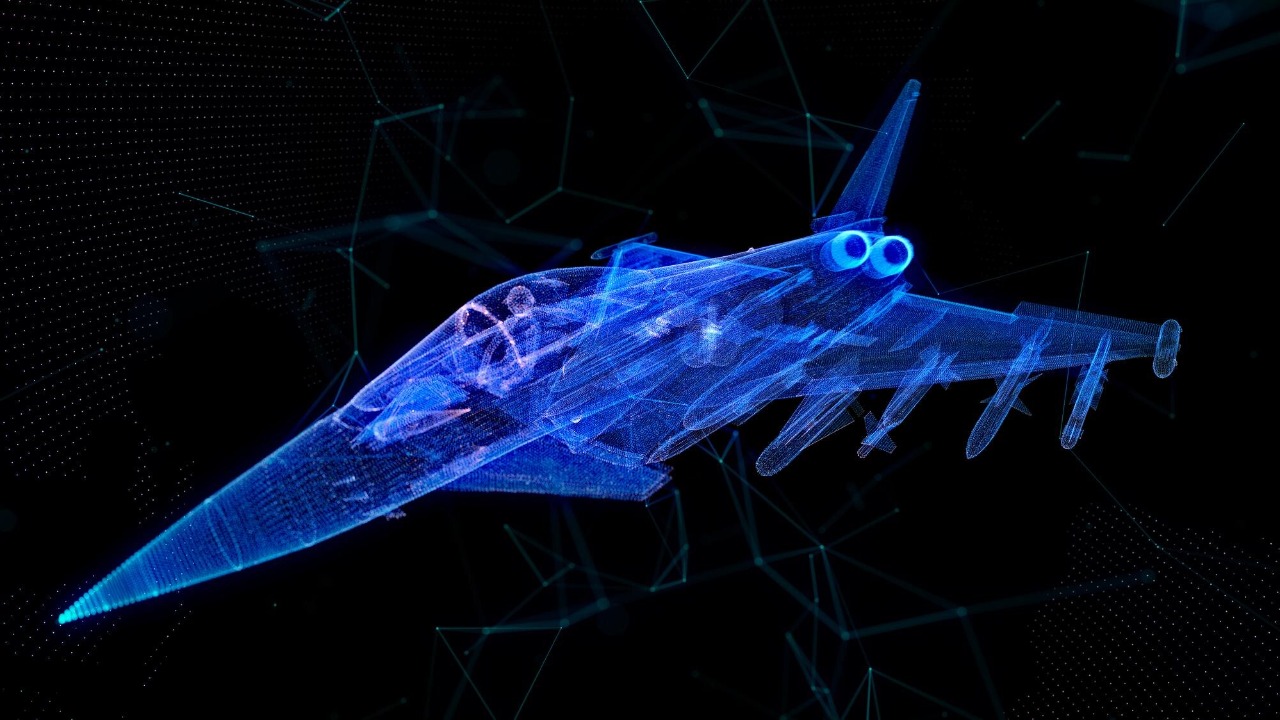
The Pentagon is venturing into the future of aerial combat by testing AI-powered jets. This initiative aims to enhance the capabilities of fighter jets, leveraging artificial intelligence to improve decision-making, agility, and strategic outcomes. These tests are part of a broader effort to integrate cutting-edge technology into military operations.
The Evolution of AI in Military Aviation
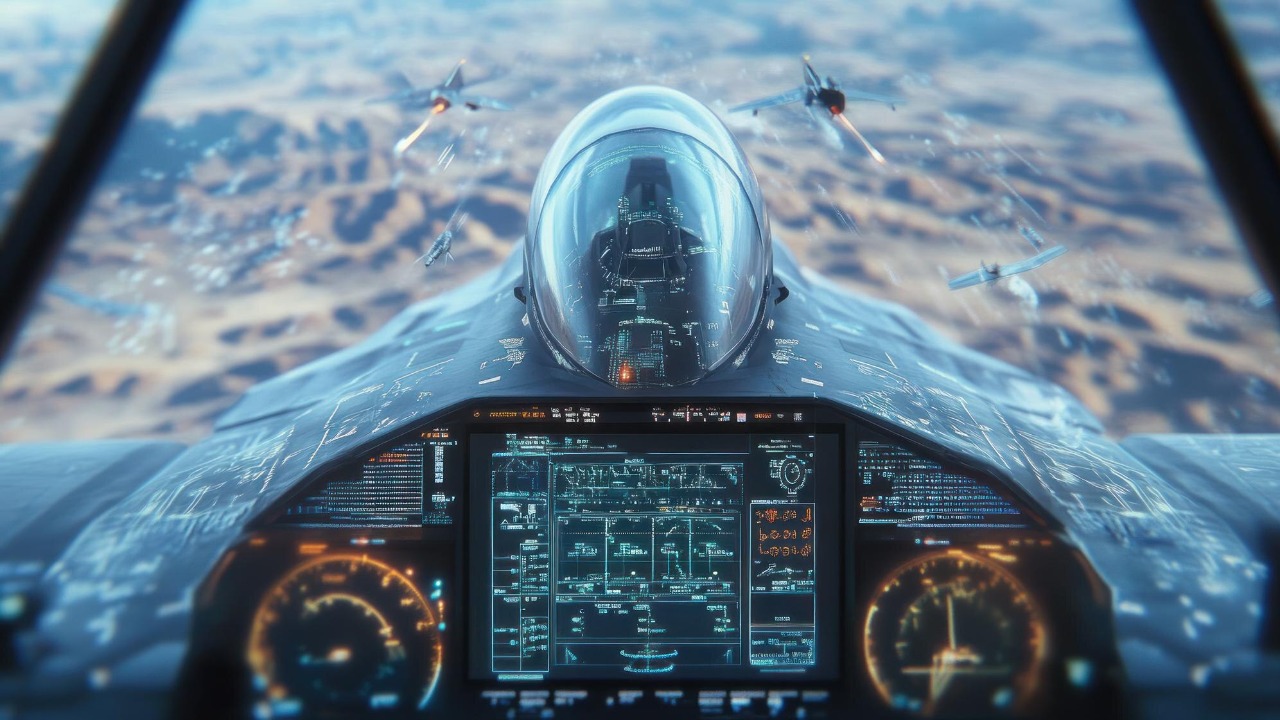
The journey from traditional to AI-powered systems in military aviation reflects a significant evolution in technology and strategy. Initially, aircraft relied heavily on human judgment and manual operations, but the introduction of digital systems in the late 20th century marked the beginning of a technological transformation. The shift towards AI integration gained momentum as the military recognized the potential of autonomous systems to augment human capabilities and improve operational efficiency.
Several milestones have marked the path to the current testing of AI jets. One such breakthrough was the development of unmanned aerial vehicles (UAVs), which demonstrated the feasibility of autonomous flight. The recent DARPA’s Air Combat Evolution (ACE) program has been instrumental in advancing AI technologies for dogfighting scenarios, setting the stage for more autonomous combat roles. Organizations like DARPA, in collaboration with companies such as Boeing and Lockheed Martin, have been at the forefront of these advancements, pushing the boundaries of what AI can achieve in military aviation.
Technology Behind AI-Powered Jets
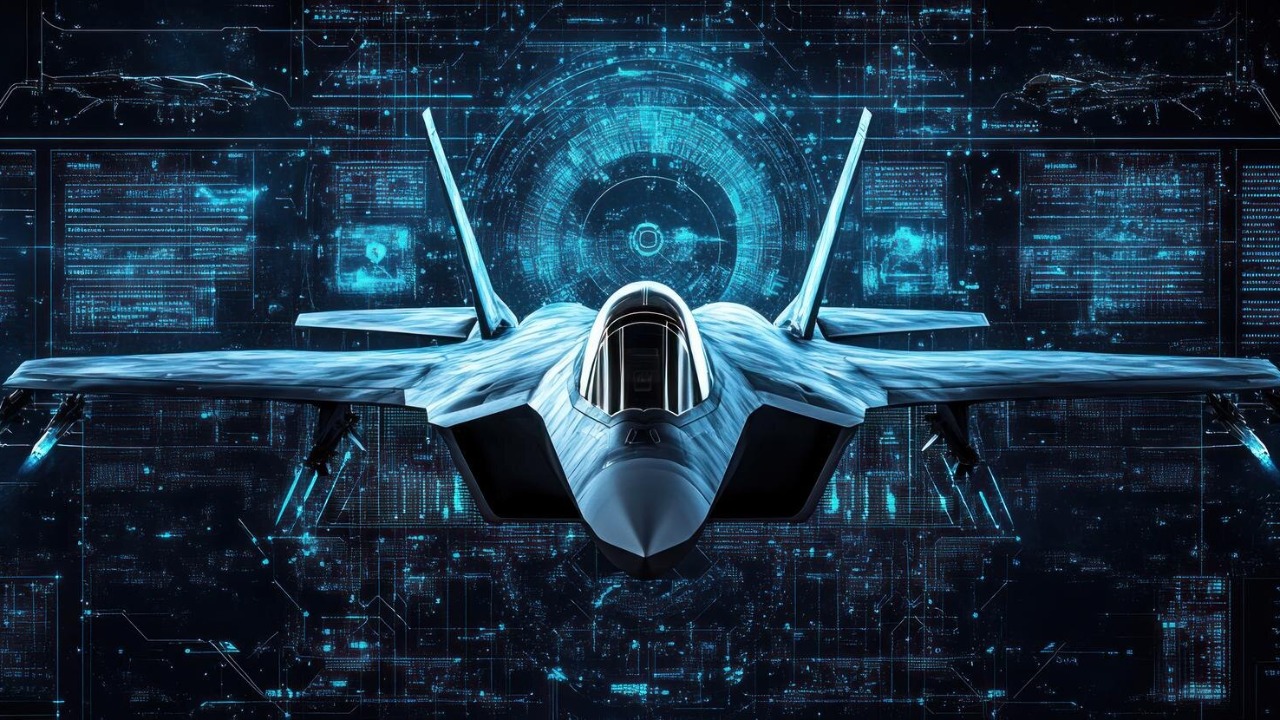
AI-powered jets incorporate a range of sophisticated technologies designed to enhance their operational capabilities. At their core, these jets utilize advanced machine learning algorithms that enable them to process vast amounts of data in real-time, improving situational awareness and decision-making. Additionally, innovations such as quantum sensors allow these jets to achieve unprecedented levels of accuracy in navigation and threat detection.
However, integrating AI into existing military frameworks presents several challenges. One of the primary technical hurdles is ensuring seamless communication between AI systems and traditional aircraft components. This requires sophisticated software engineering and robust testing protocols to ensure reliability under combat conditions. Comparatively, AI-powered jets differ significantly from traditional fighter jets, offering enhanced capabilities such as automated threat assessment and advanced maneuvering, which allow for superior performance in complex combat scenarios.
Advantages of AI in Aerial Combat
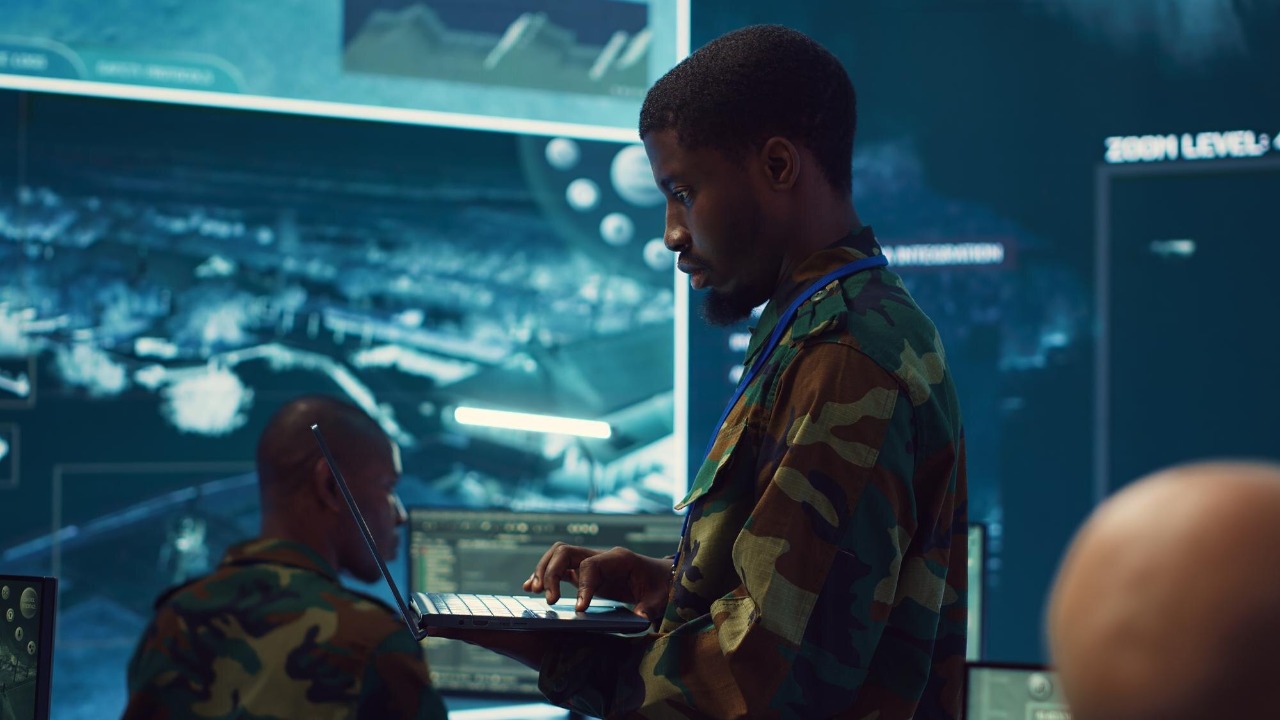
AI technology significantly enhances decision-making processes in aerial combat by offering real-time data analysis and predictive modeling. This leads to improved situational awareness, allowing pilots or autonomous systems to make informed decisions quickly and efficiently. For instance, AI can prioritize threats and suggest optimal strategies, thereby increasing the likelihood of mission success.
Speed and precision are critical in aerial combat, and AI has proven to be a game-changer in these areas. By automating routine tasks and optimizing flight paths, AI systems enable jets to perform complex maneuvers with greater accuracy and speed than human pilots. This capability not only enhances combat effectiveness but also reduces the risks associated with high-speed engagements.
Furthermore, AI contributes to resource optimization by reducing the cognitive workload on human operators and streamlining operational processes. This optimization allows military forces to allocate resources more efficiently, increasing overall mission effectiveness and reducing operational costs.
Ethical and Security Considerations

The deployment of AI-powered jets raises important ethical considerations, particularly regarding autonomous weapon systems. There are ongoing debates about the extent of human oversight required to ensure that AI systems operate within ethical boundaries. The potential for machines to make life-and-death decisions autonomously poses significant moral dilemmas that require careful consideration and regulation.
Security risks are another critical concern, as AI technologies introduce potential vulnerabilities that adversaries could exploit. Ensuring the cybersecurity of AI systems is paramount, as any breach could have catastrophic consequences in a military context. Measures such as robust encryption and continuous monitoring are essential to mitigate these risks.
Policy and regulation play vital roles in governing the use of AI in military applications. Current regulations aim to balance the benefits of AI with the need for accountability and transparency. As the technology evolves, policymakers must adapt regulations to address emerging challenges and ensure that AI systems are used responsibly and ethically.
Future Prospects and Global Impact
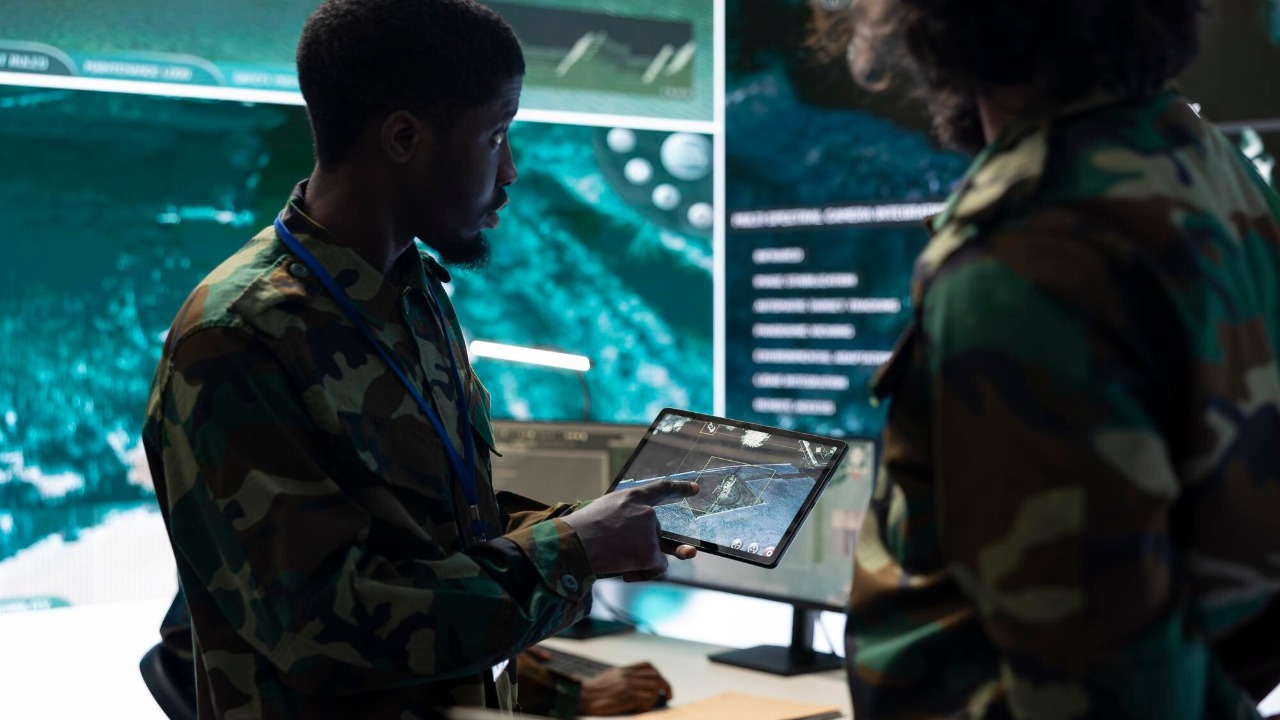
The Pentagon’s long-term vision for AI integration in defense is ambitious, aiming to create a more agile, efficient, and technologically advanced military force. AI-powered jets are just one aspect of this vision, with potential applications extending to other domains such as logistics, reconnaissance, and cyber operations.
Advancements in AI military technology could significantly shift global military power dynamics. Nations investing in AI capabilities may gain strategic advantages, prompting others to accelerate their own technological developments. This could lead to a new era of military competition, where technological superiority plays a crucial role in determining global power structures.
International collaboration and competition will shape the future of AI military technology. While cooperation among allies can lead to shared advancements and mutual benefits, rivalry among nations could drive innovation and accelerate the pace of technological progress. Ultimately, the integration of AI into military operations will have profound implications for global security and stability.